Clove herb: description, planting and care
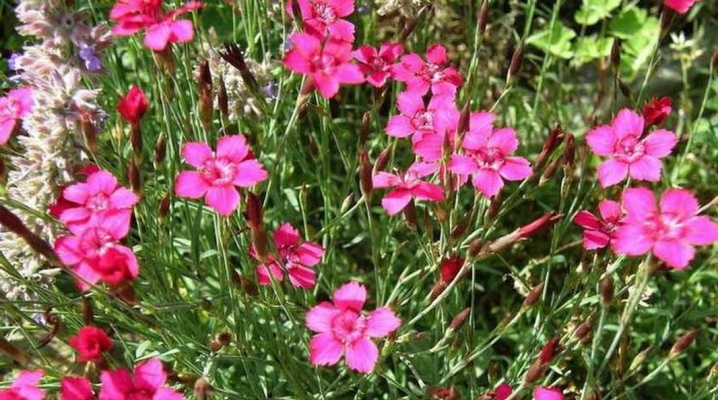
Each plant attracts with its original shape, color and flowering, only the best species are cultivated and grown as flower beds and ornamental. Carnation herb is an unpretentious and interesting plant that, with proper care, can significantly decorate any landscape. Gardeners wishing to grow this variety of carnations should be well aware of the features of its planting and germination, otherwise the decorative effect of the bush will be lost.
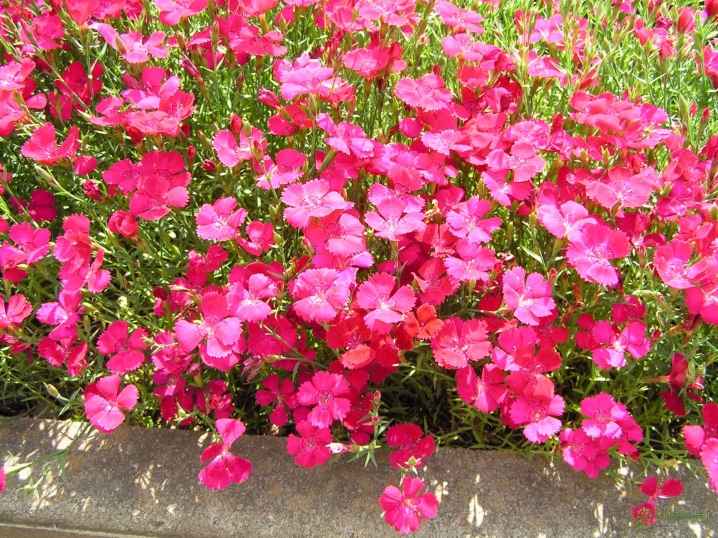
Peculiarities
Carnation herb is a herbaceous plant that grows both in natural conditions and with the help of human cultivation. This culture is perennial, like other representatives of the carnation family, it is distinguished by its ground cover, and without proper care it quickly loses its decorative effect, abundantly growing on the ground. The description of herbal clove has a number of features.
- A variety of colors of petals in different plant varieties. The most common are white, pink and red representatives, as well as two-tone options.
- The flower has 5 petals, the edges of which are serrated, like other plants from the carnation family.
- The stems can have flower stalks or grow without them. The second variety is smaller and grows smaller than the first.
- The leaves are narrow in shape and can be represented by the entire color palette of green.
- The root system develops to the sides, and not deep into the soil, therefore the roots are short and can hold the plant well on the slopes of mountains and hills.
- After the completion of the flowering process, a box with seeds is formed in place of the flower.
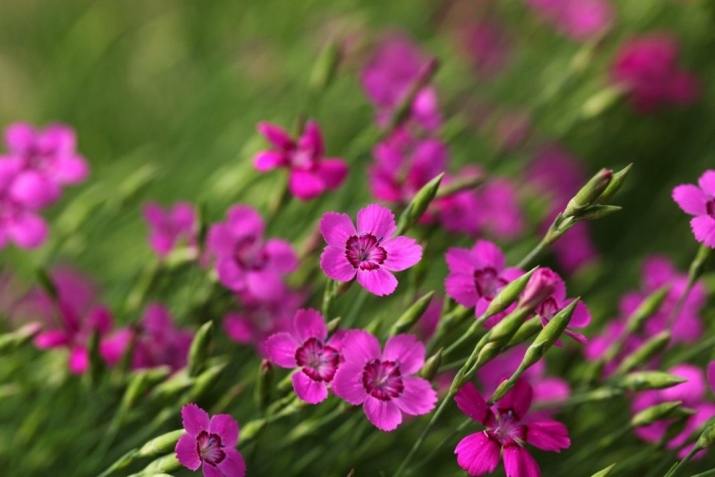
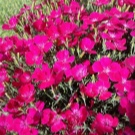

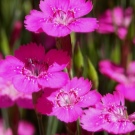
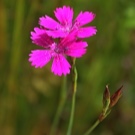

The botanical name of the herb carnation - Dianthus deltoides - was formed from the Latin words "dios" and "antos", the translation of which means "divine flower". These ground cover plants are unpretentious and very beautiful, therefore they are very often used in landscape design when decorating flower beds and creating original and decorative gardens.
Varieties
Due to the popularity of the herb carnation, breeders are actively working on its breeding, and at the moment, several new varieties have been obtained.
- "Diamond" - grows by 15-20 cm, has a cushion shape. This variety has a high growth rate. Flowering begins from mid-June and lasts until the end of October. The shape of the leaves is oblong, dark green, covered with a faint white bloom. It blooms with bright red inflorescences. The variety grows best in open, moderately humid areas that are well lit by the sun. The plant is considered frost-resistant, as it tolerates frosts down to -35 degrees.
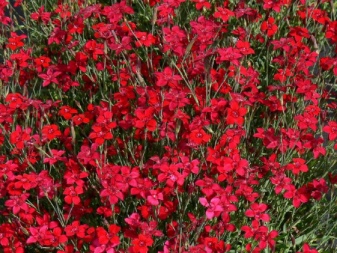
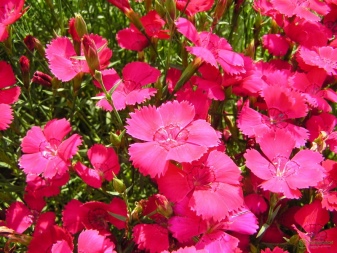
- "Toronto" - a plant with dimensions of 10-15 cm in height, which grows on non-acidic soil, moderately moist. This variety is not susceptible, therefore it is better not to grow it in cold regions. If you remove the flowers after they wilt, then this will have a positive effect on the growth of the bush as a whole. The carnation blooms with white inflorescences, in the center of which there is a deep pink rim. The flowering period begins in June and lasts until the end of August.
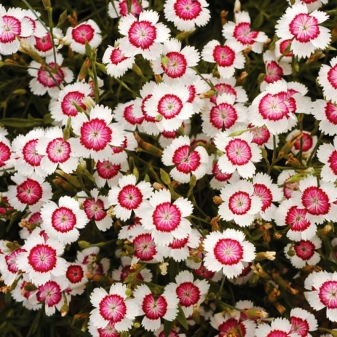
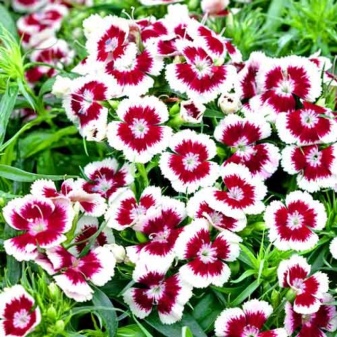
- "Allegory" - a variety that grows up to 20-25 cm, has knotty stems branching in the upper part of the bush.The leaves are almost completely covered with bloom, the flowers are red in color, with a diameter of 1-1.5 cm. After flowering of this variety, it is recommended to remove its peduncles. The bush blooms from June to August.

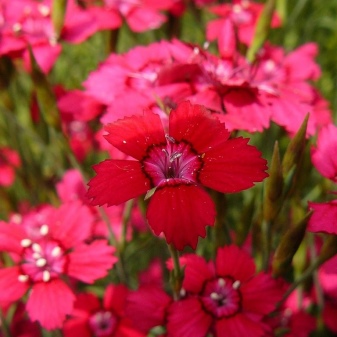
- "Flash light" - a tall bush, reaching 40 cm in height. The stems and foliage are covered with hairs, the petals have a sharp-toothed shape. It is recommended to plant the plant on loamy garden soil, which contains clay and sand. This pink carnation blooms from June to September.
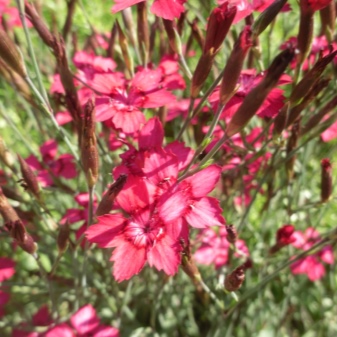

- Arctic Fire - a medium-sized type of grass carnation, reaching a height of 20-25 cm. This variety is recommended to be planted in an open area. Caring for him is simple, since the lack of moisture for a long time and severe frosts in winter do not harm the bush. Carnation blooms in large white-red inflorescences from June to September.
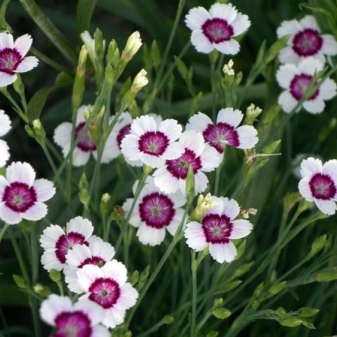
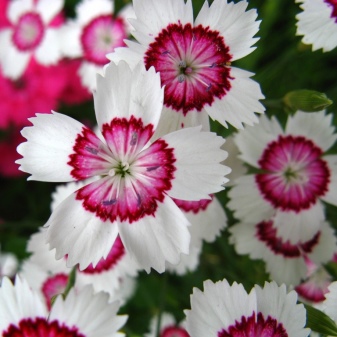
- "White Red" - a low-growing variety, blooming with white-pink peduncles that cover the ground like a carpet. This is a ground cover plant with thin long dark green leaves and small white flowers, the middle of which is painted in a deep pink shade.
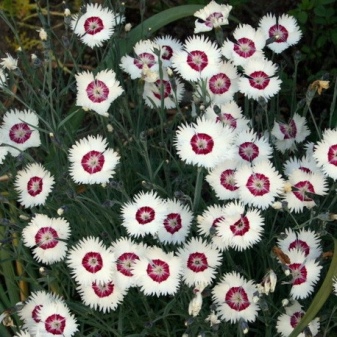
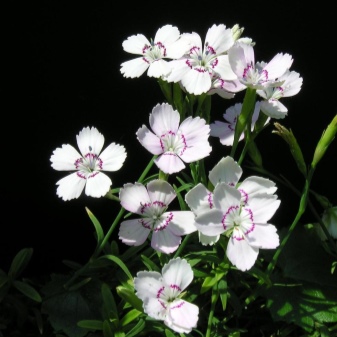
- "Kanta libra" - belongs to the low varieties of cloves, which can multiply rapidly, being resistant to cold temperatures. It is recommended to grow on sandy loam soil with medium moisture. "Kanta-libra" is a red beauty that amazes with the size of its graceful and bright flowers, which can be contemplated from the first days of June until the end of September.
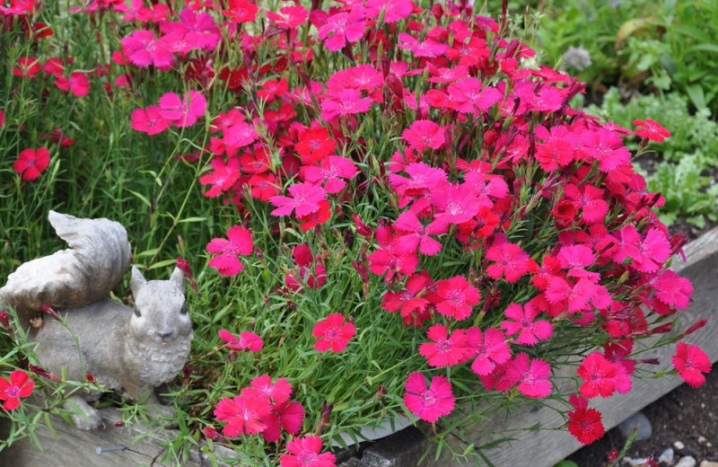
The choice of a variety should be made taking into account the taste preferences of the gardener or designer, the specifics of the soil, as well as the color scheme that is necessary in specific conditions.
How to plant?
Planting a herb carnation is not much different from any other cultivated plants, but there are certain features here. Perennials are usually placed in the place of their future habitat and do not move anywhere else. The gardener's task is only to take care of the territory, watering, pruning and fertilizing the crop itself. In the case of herbal cloves, there is a need to change the location of the bushes, which must be carried out every 3 or 4 years, otherwise the plants will lose their decorative effect.
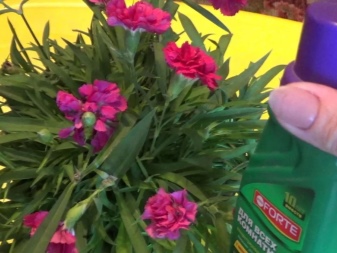
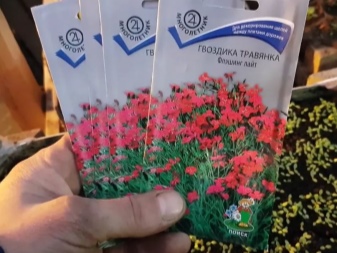
For carnation to grow well, it must be planted on dry, non-acidic soil. Previously, it is worth clearing the entire territory of the future flower garden from any weed, preparing a place for a new culture. To protect the bushes from the invasion of pests or the danger of infection with diseases, before planting in the ground, you need to soak the root system in a special solution.
The area in the garden should be light, without tall plants that will coexist with carnations, otherwise the bushes will not be able to develop normally and bloom beautifully. Since the culture is a ground cover and grows strongly, the bushes should be placed at a distance of no closer than 30 cm from each other. The seedlings are lowered into a hole about 15 cm deep and dug in, after which they are well watered. The disembarkation procedure is best planned for a time when the air temperature reaches +15 degrees, and there is no risk of night frosts. With the correct planting of the plant, it will delight with abundant and very beautiful flowering.
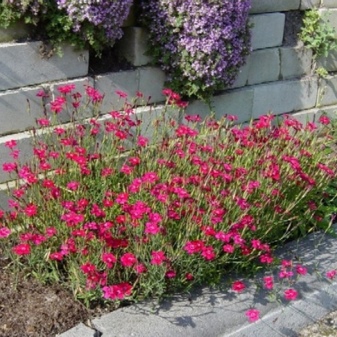
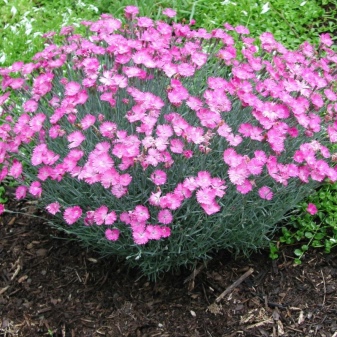
How to take care of it properly?
In order for herbal carnation to please the eye with beautiful greenery and bright flowers, it is important to be able to properly care for it. The cultivation of this culture is not particularly difficult, but it is important to know the basic nuances.
- Watering should be timely. The start of irrigation should be in the spring, as soon as the temperature gets quite high, the amount of irrigation increases in hot summer weather. It is important not to flood the bushes, as this will provoke rotting of the root system, and the bush will die.
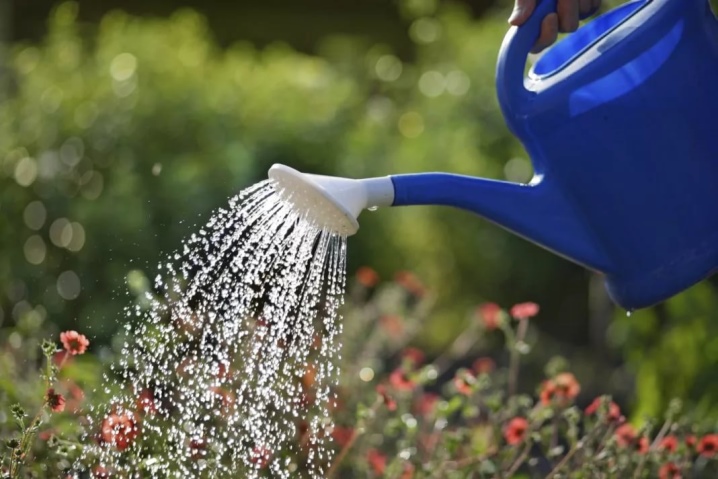
- Fertilizer should be complex: in the spring, nitrogen and phosphorus are introduced into the soil, in the summer - magnesium and calcium, iron-containing mixtures will be useful.
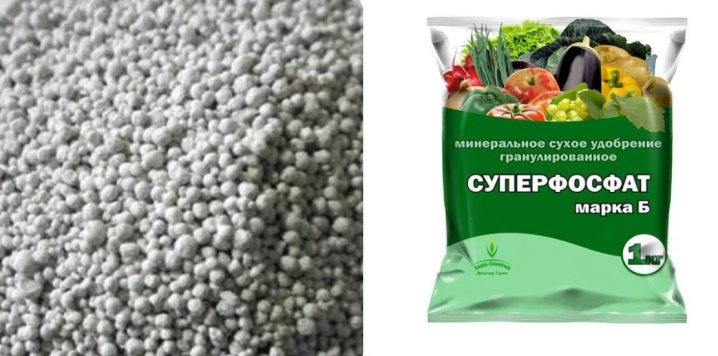
- Mandatory pruning is not carried out, the main thing is to monitor the shape and size of the bush, if necessary, remove excess branches. In some varieties, it is recommended to trim the inflorescences after flowering so that the bush blooms actively in the new season.
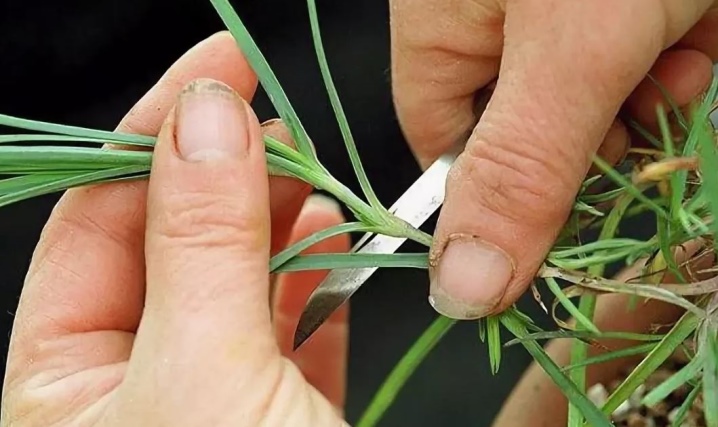
- When planting in open ground, it is important to provide protection to the bush. from pests and diseases, using appropriate drugs.
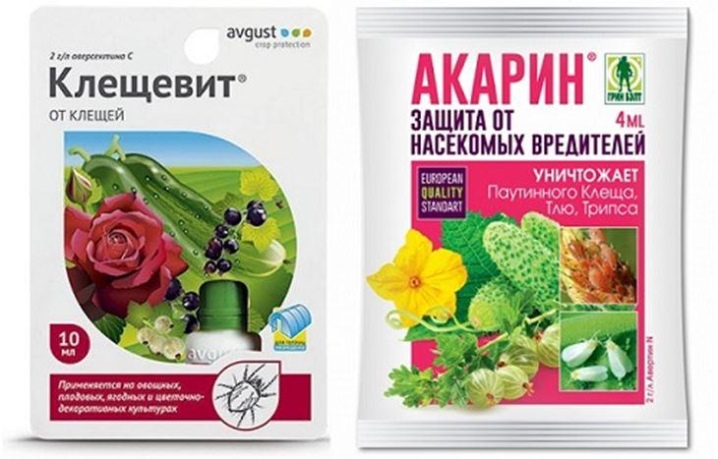
- Every 3-4 years you need to change the location of the bushesselecting suitable territory and soil.
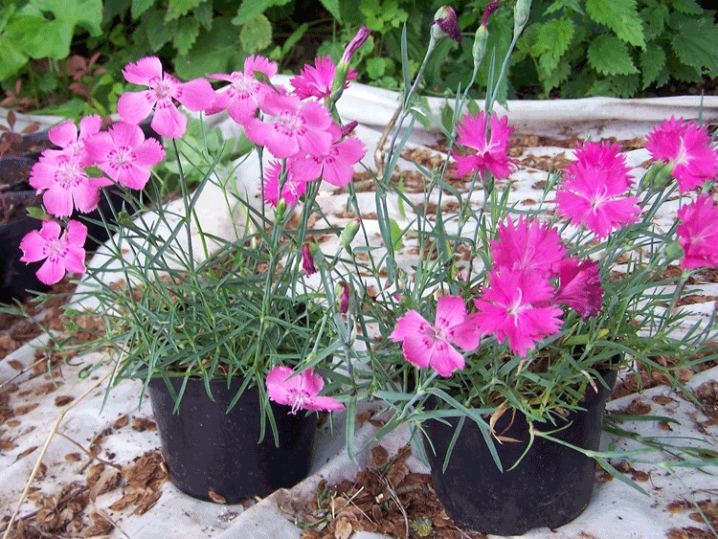
Carnation care will not be a hassle for a gardener or summer resident, provided that all the main points of growing, planting and caring for the crop are observed.
Reproduction methods
To get a beautiful garden from carnations, you can purchase seedlings, sow them and grow them from seeds, or use the method of dividing a bush and cuttings. If you have at least one healthy adult bush, you can divide it into smaller ones. This procedure is carried out in the spring, until the moment of active growth of the plant. For the procedure, it is necessary to dig out the entire bush, divide the root system and carefully cut it with a knife so that in each part there is a well-formed deciduous rosette.


Another option involves the propagation of carnations by cuttings, the harvesting of which must begin from the first month of summer. The stalk should be 10-15 cm long and have at least two pairs of well-developed leaves. For rooting, wet sand is used, where the cuttings are placed. To make the growth process go faster, it is better to cover the stalk with polyethylene, or put a glass container. If everything is done correctly, then after a month the cutting will take root, and it can be transplanted into the ground.
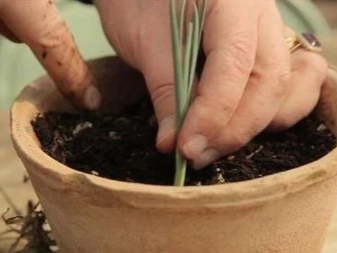
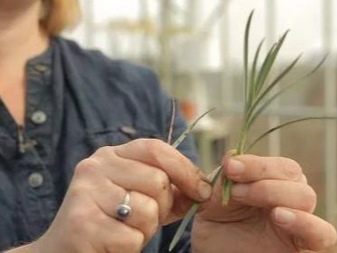
Carnation can also be propagated by seeds that are collected from bushes or purchased in a store. Sowing of planting material is carried out from May to June. It is important to properly prepare the ground, which should be fairly light. You can buy it in the store or make it yourself by mixing turf soil with peat and sand. A simpler solution is to use peat tablets, where the seeds are sown.

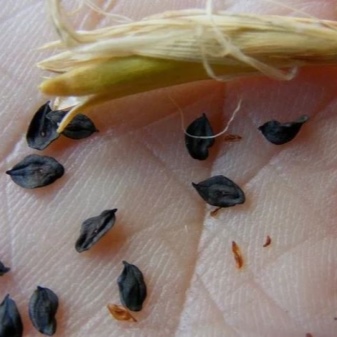
In order for the seed to give healthy shoots, it is important to dip it into a potassium permanganate solution before planting and leave it there for 20 minutes. The soil should also be disinfected by exposure to high temperatures. The grains are not deeply deepened so that growth is faster. You do not need to water the soil, you need to sprinkle it with water and make a greenhouse, which is removed with the appearance of green shoots. For the growth of carnations, seedlings are placed in a lighted and warm place, where they are located until the onset of spring and transplanted into open ground.
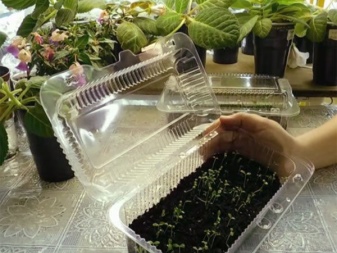

Diseases and pests
Herbal carnation is not very susceptible to attacks by diseases and pests, therefore there should not be any special problems with its cultivation. With timely correct preparatory actions, plants are protected from the most common insects and microorganisms. However, in the absence of protective measures, the bushes can get sick or be attacked by pests. The most common problem is bears and earwigs that attack the root system and shoots of the plant.
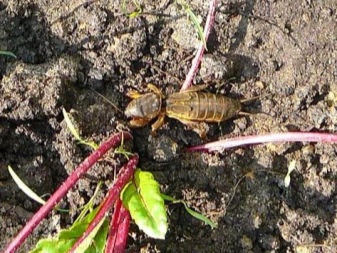
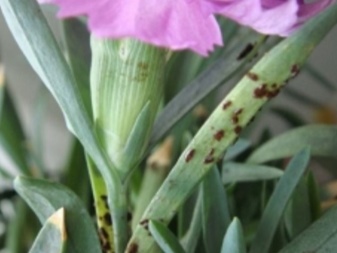
To prevent such a problem, it is recommended to dig up the beds in the fall, as a result of which the pests die from low temperatures. Another option involves the use of manure, which is placed in a hole near the bush, after which bears will gather in it for wintering for the winter. In the spring, you just need to destroy the contents of the pit - and the pest problem will be solved. If it was not possible to destroy the bear, then it is recommended to make a solution of laundry soap and pour it into the hole.

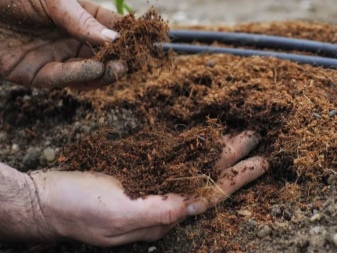
To eliminate earwigs, you need to pick up the grass, place it in a dark place and wait - the pests themselves will find this place and will hide there from the scorching sun. After a while, the grass must be destroyed along with the insects.
As for diseases, then very rarely a fungus may develop on a clovethat affects bushes growing in a place that is too humid. Another problem can be the rust that appears on the plant. Alternaria is a disease that can affect cloves. If gray-brown spots appear, which are covered with a dark bloom, you must immediately remove all the spoiled leaves, and treat the bush with a fungicide. Any pests and diseases will not be scary if you take care of the plant in a timely manner, monitor its appearance and growing conditions.
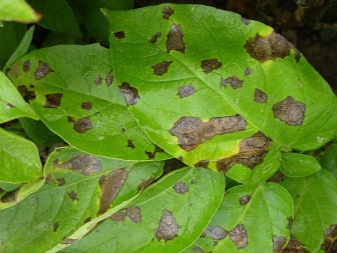

Use in landscape design
The flower bed, on which plants of different sizes, shapes and colors are located, amazes the imagination with its beauty. Carnation herb is considered one of the most popular and beloved flowers used to decorate rockeries and create alpine slides. The advantage of this bush is that it will look great both in a group planting and alone, filling the space around it with original foliage and variegated flowers of a wide variety of colors.
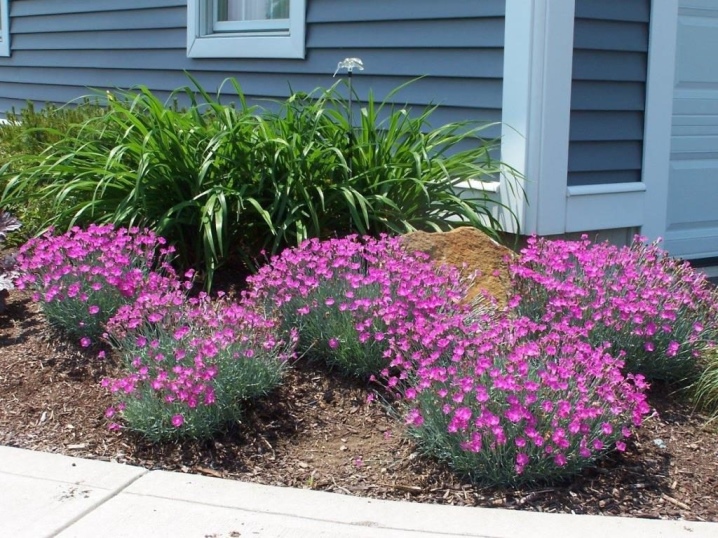
When shaping a beautiful garden, it is important to be able to combine flowers of different sizes. So, the carnation should be placed next to the yarrow, the graceful gypsophila and coronal cochia. The combination of feathery shades of carnations and blue irises looks very impressive, and the most daring solution is to plant carnations next to roses. When decorating the territory, you can place carnations next to ornamental cereals, santolina or purse.

Poppies, tulips and delphiniums will be unwanted neighbors.
The plant looks beautiful as a hedge, when decorating a garden of stones or a decorative fence. A very original solution is the use of a herb carnation for planting around the trunk of a fruit tree. In addition to the decorative effect, such a planting allows you to monitor the condition of the soil near the tree and prevent it from drying out too much, which increases productivity.
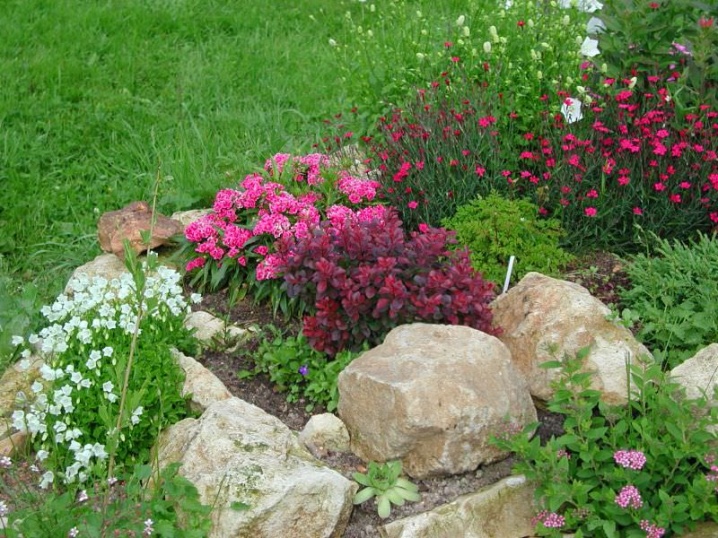
For information on how to properly plant a herbal clove, see the next video.







































































































The comment was sent successfully.